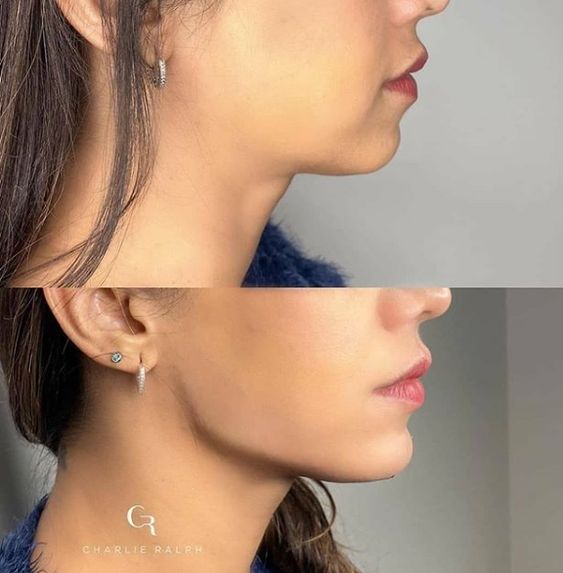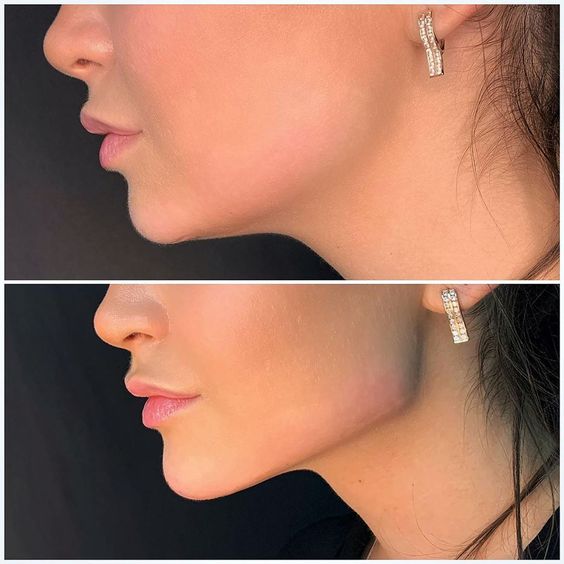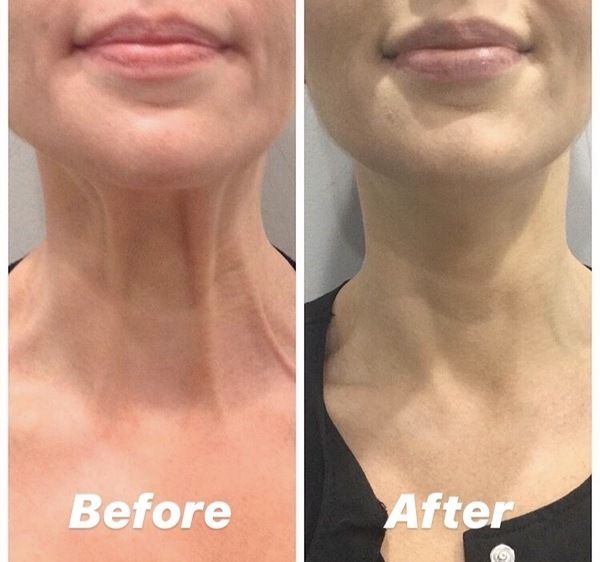Wrinkles and sagging skin are natural signs of aging, but dermal fillers can offer a non-surgical solution to restore volume and smooth out imperfections. Let’s explore the world of dermal fillers, their types, uses, and factors to consider before choosing them for a youthful appearance.
Dermal fillers are injectable substances used to add volume to specific areas of the face and address wrinkles. They come in various types, each with distinct properties and benefits:
This naturally occurring substance in the skin makes HA fillers biocompatible and very popular. HA attracts water, providing both hydration and a plumping effect.
A longer-lasting filler, CaHA is often used for deeper wrinkles and facial sculpting due to its firmer consistency.
This unique filler stimulates collagen production over time, offering long-lasting results but with a more gradual effect.
Dermal fillers offer a versatile approach to facial rejuvenation by:
Fillers can be precisely injected to fill in wrinkles and lines, like those around the mouth or nasolabial folds (lines from your nose to the corners of your mouth).
As we age, we lose facial volume, leading to sagging skin. Fillers can plump up cheeks, lips, or temples, restoring a youthful fullness.
Strategic use of fillers allows for subtle sculpting of facial features like the jawline or chin, offering a more defined look.
When considering dermal fillers, here’s what to keep in mind:
Do you want to address wrinkles, restore volume, or sculpt your features? Different fillers are best suited for specific goals.
Hyaluronic acid fillers are most common, offering temporary to moderate results. Other fillers like CaHA can last longer.
Costs vary depending on the type of filler, amount used, and geographic location. Potential side effects include temporary bruising, swelling, or asymmetry.
Choose a board-certified dermatologist or plastic surgeon with experience in dermal fillers. They can ensure safe and effective injection techniques.
A dermatologist can assess your skin, facial structure, and desired outcome. They can recommend the most suitable type of filler, discuss realistic expectations, and address any concerns you might have.
There are various types of dermal fillers, each with different properties and longevity:
Most dermal filler procedures involve minimal discomfort. A topical anesthetic cream is often applied to numb the injection area. Some fillers even contain lidocaine, a local anesthetic, for added comfort.
Dermal fillers are generally safe when administered by a qualified professional. However, some potential side effects include:



